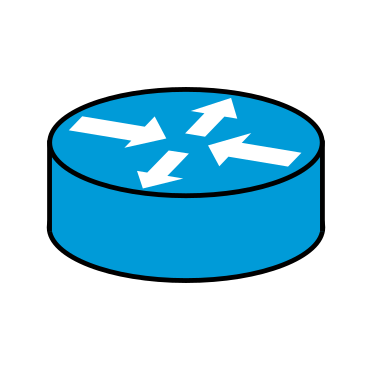Regarding the uplifted chimps, since chimps are arboreal they may have a better conception of 3D space compared to humans, though perhaps not as much as the dolphins.
Yinrih are very arboreal but very not bipedal, so they don’t use artificial gravity in their spacecraft. I often describe their orbital colonies as being like a large shopping mall if it were a level in the game Descent.











So IT guys are antennas.